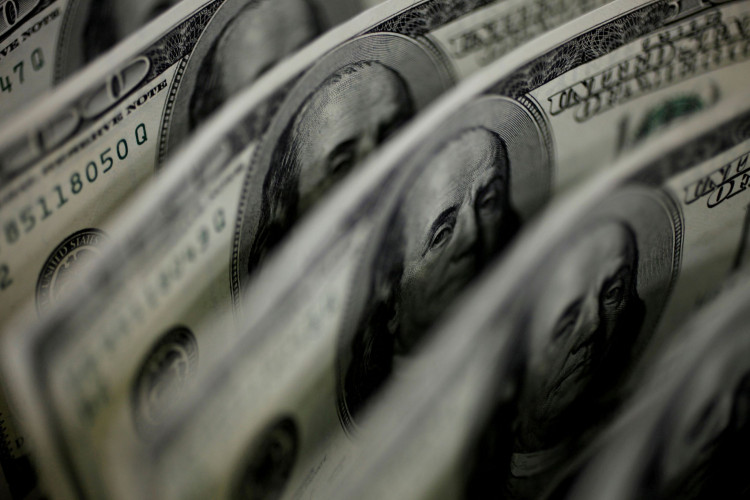On Friday, markets accepted a dovish cue from policymakers at the European Central Bank and the Bank of England, who suggested that inflationary pressures in their economies have become more controllable. As a result, the euro and sterling fell versus the dollar.
After dropping 1.2% in the previous session, its biggest daily loss in a month, the pound dropped 0.15 percent to a more than two-week low of $1.2206 in early Asian trading. After falling 0.7% on Thursday to drift farther away from its 10-month high of $1.1034, the euro was last trading 0.16 percent lower at $1.0893. In other markets, the dollar made general gains as a result of the decrease in its Atlantic rivals, restoring the week's earlier losses.
Both the ECB and the BoE increased interest rates by 50 basis points on Thursday as anticipated, with the latter indicating that the struggle against high inflation was beginning to win ground.
President Christine Lagarde recognized that the prognosis for GDP and inflation in the eurozone had grown less concerning, even if the ECB expressly hinted at least one more rate hike of the same scale for next month.
"The ECB was a little bit more dovish than markets had previously expected ... (while) the Bank of England has given a small hint that they might be close to finishing their tightening cycle," Carol Kong, a currency strategist at Commonwealth Bank of Australia (CBA) said.
The ECB and the BoE made their statements the day after Jerome Powell, the chairman of the Federal Reserve, stated at a news conference following the Fed's 25 basis point rate hike that the "disinflationary" process in the US appeared to be underway.
The Fed's efforts to battle inflation will be put to the test again on Friday with the release of the nonfarm payrolls report. The number of Americans submitting new applications for unemployment benefits fell to a nine-month low last week, another evidence of a tight labor market.
After a sharp decline following Powell's speech, the dollar recovered on Friday. Against a basket of currencies, the U.S. dollar index increased by 0.03 percent to 101.82, moving away from Wednesday's nine-month low of 100.80.
The Fed's efforts to battle inflation will be put to the test again on Friday with the release of the nonfarm payrolls report. The number of Americans submitting new applications for unemployment benefits fell to a nine-month low last week, another evidence of a tight labor market.






